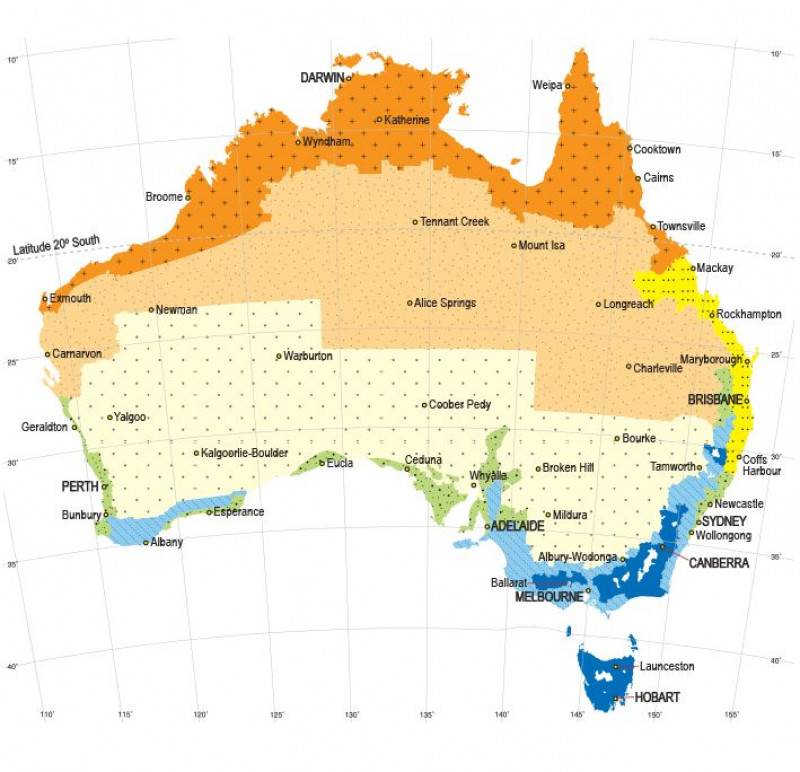-
Australia
Copyright © 2025 Powered by BCI Media Group Pty Ltd
Confirm Submission
Are you sure want to adding all Products to your Library?
Contact Detail

R values represent Resistance to heat transfer. The higher the number, the more effective the chosen insulation is at effectively insulating your home.
R values represent Resistance to heat transfer. The higher the number, the more effective the chosen insulation is at effectively insulating your home.
Getting a little more techie, there are 3 points of R value to consider:
The Down R Value: The down R value (also known as the summer R value) is a measurement of an insulation’s ability to resist heat flow from coming into the house. The reason it is sometimes called the summer R value is because, in summer, you want to keep the heat out.
The Up R Value: The up R value (also known as the winter R value) is a measurement of an insulation’s ability resist heat flow from escaping the house. The reason it is sometimes referred to as the winter R value is because, in winter, you want to keep the heat in.
The Total R Value: The total R value is, in most cases, what is referred to when you hear the blanket term ‘R Value’. It is a combination of the up and down R values.
We suggest that you select the highest R value that you can afford when selecting your insulation types but an insulation specialist will be able to tell you what is best for your property; what is too little and what does not yield a material benefit in your particular circumstances.
A really simple rule is the thicker the product the higher the potential R value. Let’s take an example of a batt product that is 90mm thick. This may represent an R value of 2 so if you double it, to 180mm thick you can assume to achieve a value of R4.
Products with the same Material R-value have the same insulating performance but only if the insulation is installed as specified by the manufacturer of the product. It is very important to take into consideration the quality of the installation of your chosen insulation type be it bulk, reflective or spray (watch out for future blogs about insulation types).
Where you live changes the R value equation.
Very broadly, we recommend a minimum of the following –
R4 for ceilings.
R2 for walls
R2 for under floors
If you are building or renovating, refer to your energy rating to determine required minimum R values. The energy rating will be based on where you live and the star rating you wish to achieve for your home.
Climate zones are defined by the Australian Building Code of Australia.
Zone 1 and 2 regions require lower R values of 3 or 4 while zones 3 to 7 require an R value of 5. Zone 8 requires an R6.
Refer to these websites for specific information about the specific region in which you live.
https://www.yourhome.gov.au/introduction/australian-climate-zones
https://www.abcb.gov.au/Resources/Tools-Calculators/Climate-Zone-Map-Victoria



